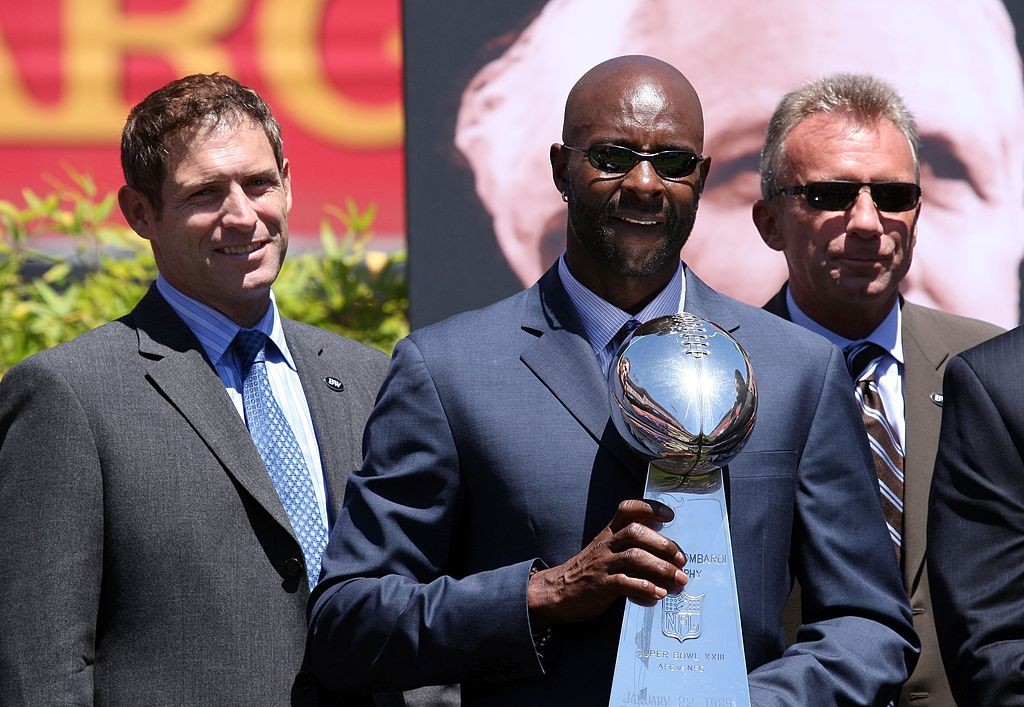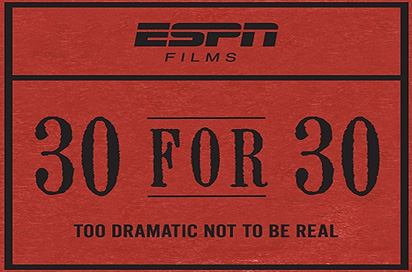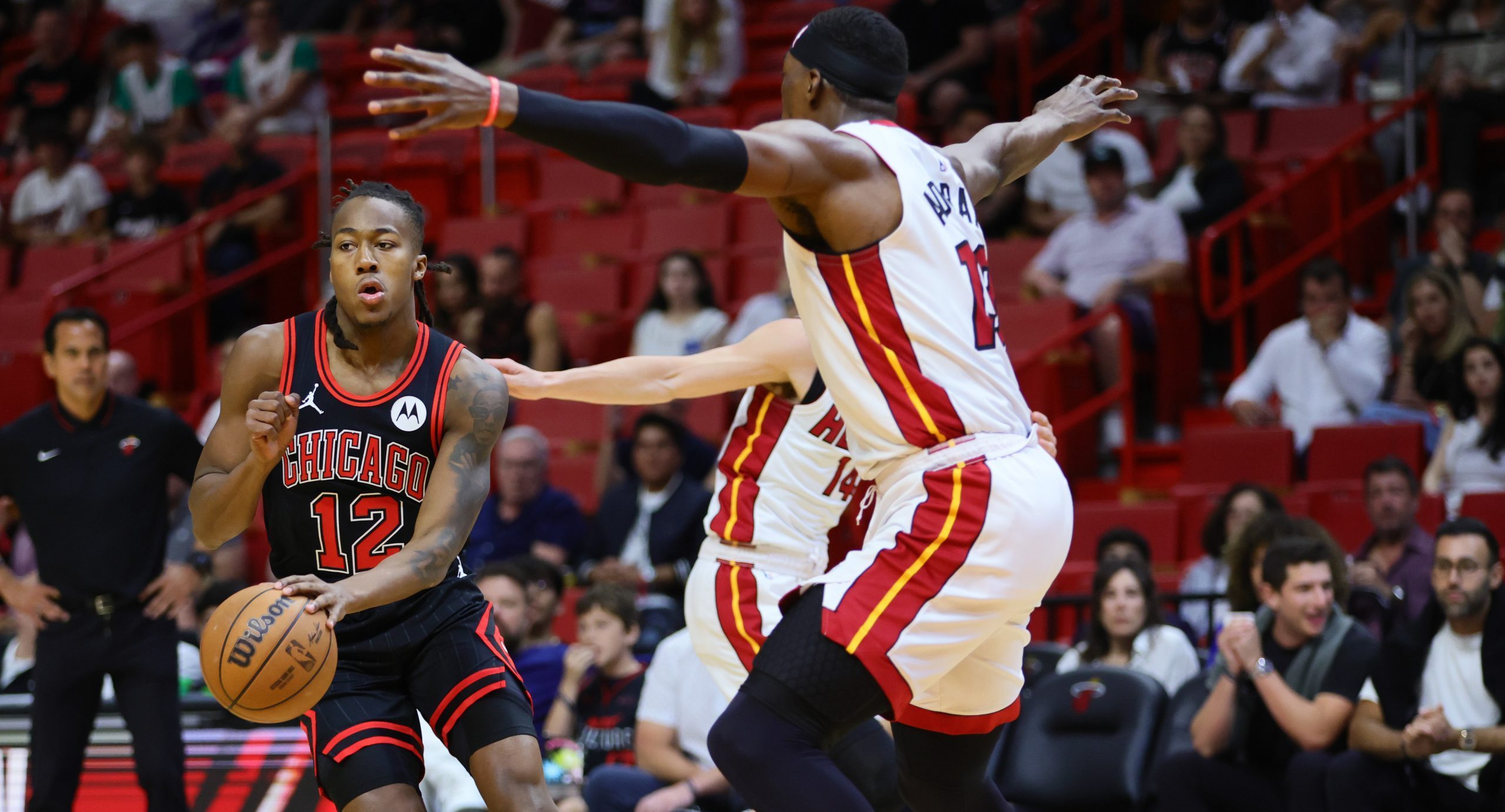ESPN continues to roll out documentaries in their acclaimed 30 for 30 series. But even with all the stories ESPN has already told, there are countless other great ones out there that have yet to hit your television screens. So if you were in charge of ESPN’s 30 for 30, what topic would you like to see covered in a feature film? We asked our staff that question and here’s how they responded. (Note: You can take a look at our ideas from four years ago here, one of which actually came to fruition.)
Liam McGuire: Eventually, I’d like to see a 30 for 30 on the rise of analytics in hockey. Much like the Moneyball era in baseball, advanced stats were widely mocked by seasoned hockey minds and the mainstream media for their application in hockey. Older GMs and coaches scoffed at their helpfulness. Columnists and pro-analytics bloggers fought about their usefulness. Critics complained that advanced stats weren’t nearly as useful as the eye test. Over the past couple of years, that outlook has changed dramatically. Now it seems almost every team is using analytics in day-to-day operations, with many teams hiring bright, young minds such as Kyle Dubas (Leafs assistant GM) and John Chayka (Coyotes GM) to help run their teams. In the process, older scouts and executives have been pushed out. Much like baseball, the sport has seen a massive shift in the game because of analytics.
Phillip Bupp: It would be fascinating to see a 30 for 30 on the formation and survival of MLS. The people who started MLS were embarking on something that most Americans had only faint memories of watching (usually either Pele and the 70’s New York Cosmos and/or the 1994 FIFA World Cup) and had absolutely no clue if the league was going to work. MLS tried to do anything and everything to get investors and fan interest. MLS tried to make soccer more “American” and appeal to kids and the “extreme” crowd by having the clock count down and have insanely outrageous kit designs and team names (Wiz, Mutiny, Galaxy, Fusion, etc). But none was more “American” than MLS announcing that they would have a winner and a loser in every game and thus would have a shootout to determine that. And this wasn’t just a normal PK shootout, but a shootout where the kick taker had to start from 35 yards out and had five seconds to run up and shoot at the goal while the goalkeeper had free reign to protect the net. Of all the weird and strange MLS rules in the beginning, I actually liked that idea and prefer that over the current and traditional PK shootout method.
But despite all that, MLS lost tens of millions and really should have folded a long time ago. In fact, it actually did fold for a few hours before the start of the 2001 season. Lamar Hunt (who knew a thing or two about forming sports leagues that faced long odds), Robert Kraft and businessman Phil Anschultz essentially pumped millions more of their own money into MLS, not knowing if even that would be enough to keep the league alive. With three owners owning the entire league, MLS remained alive and it very slowly prospered. In 2007, MLS went after and signed David Beckham, transitioning MLS into a new era and a kind of stability never seen in any U.S. based soccer league before. When many looked at Beckham’s massive $250 million contract as a sign MLS was desperate, it in fact was a statement that MLS was here to stay.
Joe Lucia: Here’s my out of the box suggestion that won’t appeal to anyone but me and will never happen – I’d love to see some sort of history of the Florida/Miami Marlins. From the team’s inception, their 1993 debut, the 1997 World Championship and subsequent fire sale, to the second World Championship and sell-off in 2003, to Jeffrey Loria conning the taxpayers into a new stadium, there’s so much there to cover. Not to mention, Loria attempting to recreate the Galacticos once Marlins Park opened and cutting bait on that plan after a few months when the team stunk with a high payroll. This is a franchise that hasn’t even been around for a quarter of a century, has been a complete laughing stock for years, and yet, has a shiny new ballpark and two World Championships. It’s an incredible story.
Ben Koo: The topic I think is probably the most ripe to be a big time 30 for 30 would be looking at the seven year QB controversy between Joe Montana and Steve Young.
I shit you not- these two were on the same team for seven years! I know what you’re thinking. “Yeah but didn’t Steve Young emerge as a possible starter later in that stretch?” Not at all. Coach Bill Walsh had contemplated trading Montana as early as the 1983 draft (something that came out in the previous 30 for 30, From Elway to Marino), and flip flopped between the quarterbacks as early as 1988. In fact, Young started at least three games a season in six out of the seven seasons the pair were with the 49ers and at least one game in every season. During this stretch Montana started 52 regular season games opposed to Young’s 38.

Nowadays QB controversies usually fizzle out within a year, maybe two tops. Yet somehow these two Hall of Famers spent the bulk of their primes on the same roster which provided ample discussion for fans as well as a distinguished stretch of success for the franchise.
What was once a frosty relationship has thawed a good deal in the years since. Both Montana and Young are highly recognizable and well liked and would bring a large interested media market into the equation here. Let’s put some closure behind this odd chapter in football history and look back at how the dynamics of the media and roster management have changed to the point where a scenario like this could never be repeated again.
CLICK HERE TO CONTINUE READING >>>








Comments are closed.